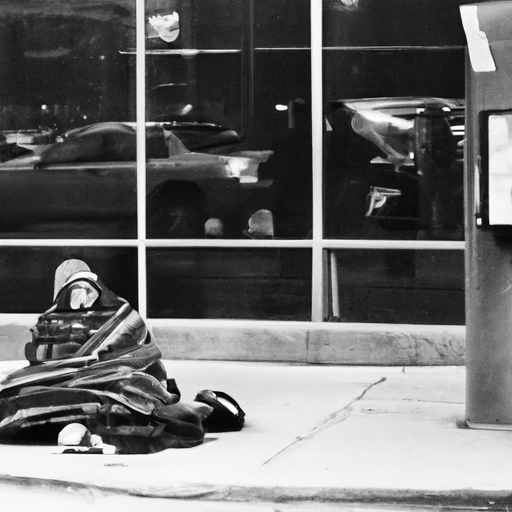Untangling the Complexities of the Canadian Opioid Crisis
Canada is in the throes of an opioid crisis. The very basic understanding of this crisis by many can be fundamentally flawed and oversimplified. This crisis is not simply a matter of drug abuse but is intimately connected with a plethora of social issues, including economic decline, homelessness, and crime. I want to shed some valuable light on this shared, public health responsibility based on an insightful research article from the University of British Columbia, which can be <found here>.
Decoding the Opioid Crisis in Canada
The opioid crisis is far from being an isolated phenomenon. It is deeply interwoven with problems associated with poverty, homelessness, and crime. But why is this so?
1. The Vicious Cycle of Homelessness and Substance Abuse
Homelessness and opioid abuse often fuel each other in an incessant, vicious cycle. In large parts of Canada, households experiencing homelessness have direct or indirect contact with opioids. They seek opioids as a coping mechanism, to allay the daily upheavals of street life. Conversely, opioid abuse can lead to job loss, social isolation, and eventually homelessness.
2. The Crime and Opioid Intertwine
It’s noteworthy that drug-related crimes are often a result — not a cause — of substance abuse. People involved in petty crimes often resort to substance abuse to cope with their impoverished conditions, again spiralling this vicious circle. Simultaneously, opioid abusers may turn to property crime to fund their use.
Efforts to Alleviate the Crisis
Through a comprehensive understanding of these interlinked issues, policies and interventions can be formed to address the opioid crisis effectively. Here are some measures currently taken:
- The Good Samaritan Drug Overdose Act: This law was enacted to provide legal protection to individuals who seek medical help during an overdose situation. This encourages more people to seek immediate assistance rather than worry about potential legal consequences.
- Naloxone Distribution: Naloxone, a medication that reverses the effects of opioids, is being widely distributed in the community to prevent overdoses.
- Canadian Opioid Abatement Class Action: Filed in 2020, this class-action lawsuit aims to help recover government costs associated with the opioid crisis and implement lasting changes in the pharmaceutical industry.
Recent Strides and Challenges
Despite numerous strides, the path towards alleviating the opioid crisis is strewn with challenges. Quick-fix solutions have, unfortunately, fallen short. The rate of overdose deaths has continued to climb, with more than 20,000 Canadians losing their lives to apparent opioid-related causes between 2016 and 2020. Beyond mortality figures, the reverberating effects of this crisis ripple through communities, affecting families, local economies, crime rates, and healthcare resources. Thus, the fight against the opioid crisis needs, more than ever, the united efforts from community leaders, civic authorities, healthcare providers, and policy-makers.
The Benefit of Collective Efforts
Only through combined efforts that address the root causes of the crisis, can we see significant strides in battling the opioid crisis. These efforts include improving economic opportunities, providing adequate housing solutions, supporting mental health services, and English as an additional language (EAL) programming, among others. We must remember that every individual stricken by this crisis is an integral member of our society, deserving of our understanding, our empathy and our support.
Key Takeaways
The Canadian opioid crisis is a complex issue that demands an integrated, multi-faceted response. It’s vital that our interventions consider the critical social factors influencing the epidemic, such as homelessness, poverty, and crime. To effectively combat the crisis, we must shift away from quick fixes and peel back the layers of this issue, directing our attention and resources to address its root causes.
The key takeaways from this discussion are:
- Understanding the interconnected themes of homelessness, poverty, and crime in the context of the opioid crisis.
- Underscoring the importance of the Good Samaritan Drug Overdose Act, naloxone distribution, and the Canadian Opioid Abatement Class Action in dealing with the crisis.
- Highlighting the need for a holistic approach in responding to the opioid crisis, focusing on supporting economic opportunities, adequate housing, mental health services and more.
In our collective fight against the opioid crisis, let’s remember the value of human life and dignity. By addressing the myriad factors contributing to this national emergency, we can together work towards a safer, healthier, and more inclusive Canada.
